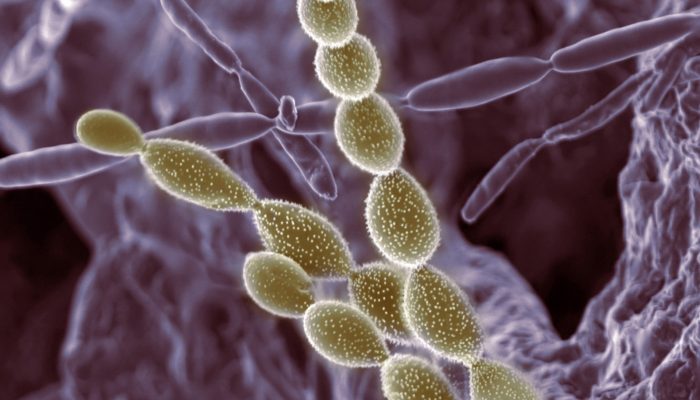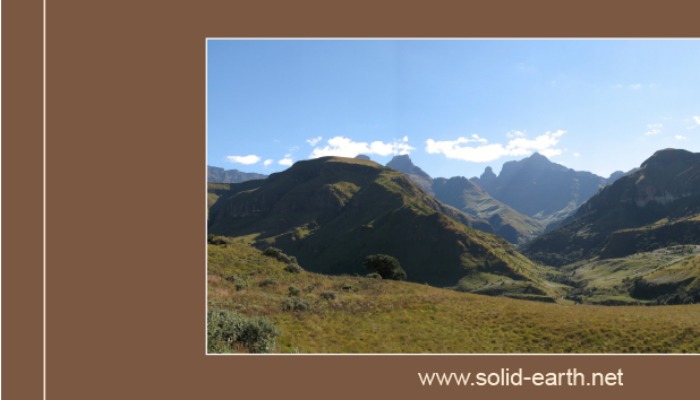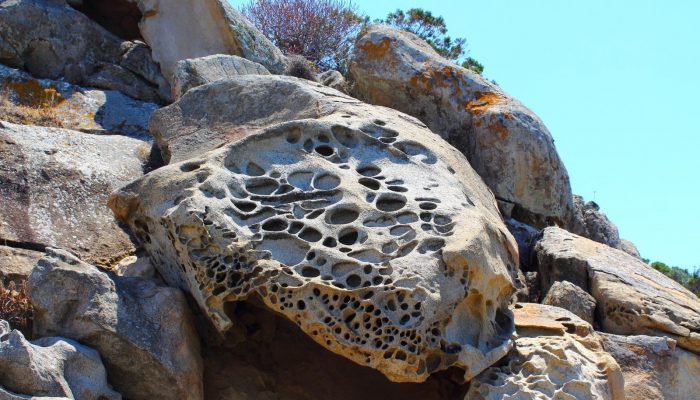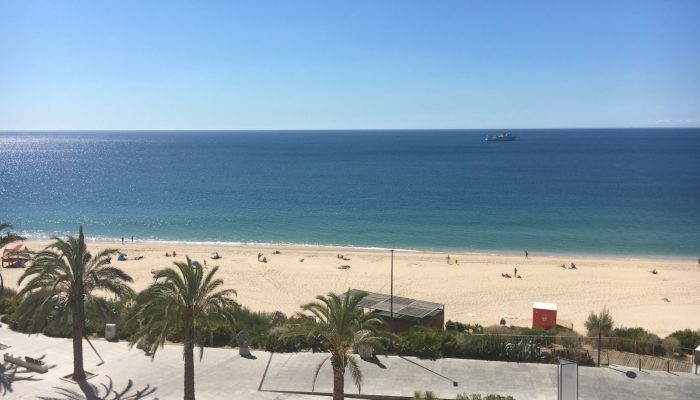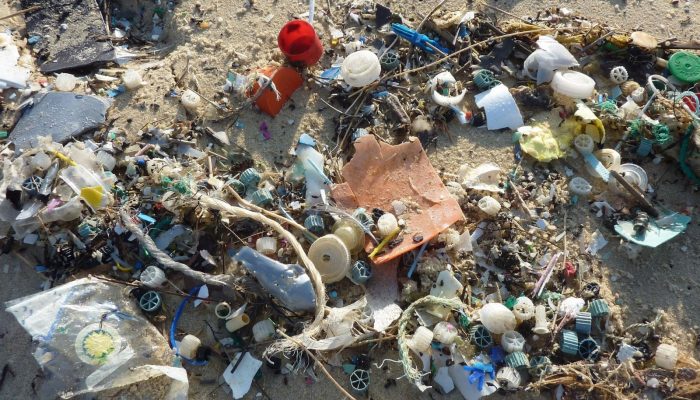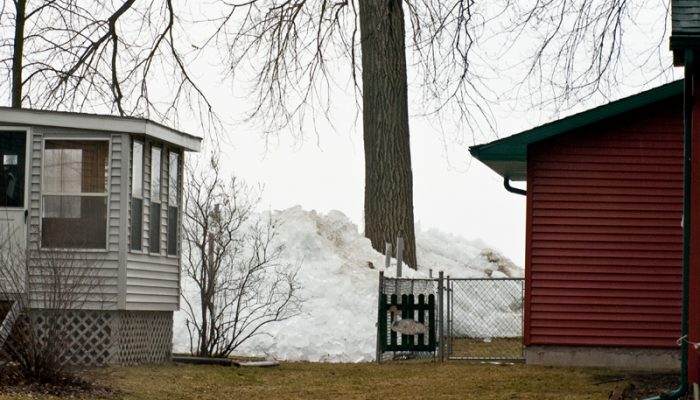That soils are vital to secure our future supplies of water, food, as well as aiding adaptation to climate change and sustaining the planet’s biosphere is a subject we’ve featured on the blog as recently as the summer. That’s because never have humans been more out of touch with the vital importance of this natural resource. Inhabiting among soil particles thrives an even less familiar, but equall ...[Read More]
GeoLog
This calls for a celebration: GeoLog’s 1000 post!
As far as blogging milestones go, today is pretty special. This is GeoLog’s 1000 post! Since the EGU’s official blog launched back in March 2010 (that’s right, there’s over 6 years of back catalogue for you to enjoy!), we’ve shared posts about research spanning almost every discipline in the Earth sciences; highlighted member’s adventures in the field and showcased the work of outstanding early ca ...[Read More]
Cryospheric Sciences
Image of The Week – Prize Polar Pictures!
Last week was the Fall APECS International Polar Week, designed to promote and celebrate the great collaborative science that goes on around the world to further our understanding of the polar regions. Part of this celebration was a figure competition, to find the most “eye-catching, informative and inspiring” figures that illustrate aspects of polar science. What better, we thought, t ...[Read More]
Seismology
Paper of the Month — Seismic anisotropy
“SEISMIC ANISOTROPY AND MANTLE DEFORMATION: WHAT HAVE WE LEARNED FROM SHEAR WAVE SPLITTING?” (M. K. SAVAGE, 1999) commented by Dr. Jessica Johnson Jessica Johnson from the University of East Anglia (UK) is our guest author of the PoM blog series of this month! She has chosen to comment on the paper “Seismic Anisotropy and mantle deformation: what have we learned from shear wave ...[Read More]
Soil System Sciences
Solid Earth, an open-access journal
Fabrizio Storti Chief Executive Editor of Solid Earth Università degli Studi di Parma The importance of publishing open access is increasing every year in Scientific Institutions worldwide and is becoming mandatory in several research funding programmes. Many funding institutions, including ERC, are financially supporting publishing in open access journals. EGU and Copernicus launched open access ...[Read More]
GeoLog
Stop the press!: How to pitch your research to a journalist or editor
Why does some research make it into the main stream media, while so many stories languish in the expanse between the lab bench and research papers? The answer isn’t straightforward. A variety of factors come into play: is the research newsworthy; is it timely; does it represent a ground-breaking discovery; or is it of human and societal interest? Newsworthiness isn’t the be all and end all. Someti ...[Read More]
GeoLog
Imaggeo on Mondays: the rocks that look like Swiss cheese
Over the course of centuries and millennia, the force of winds, seas, ice and rains, sculpt rock formations around the globe. From the world-famous glacier carved landscapes of Yosemite National Park, to the freeze-thawed hoodoos at Bryce National Park, through to the wind battered stone pillars of South China Karst, boundless geological formations have been transformed by the power of erosion and ...[Read More]
Seismology
What was going on this week in the world of the ECSeismologists?
The 2nd TIDES training school! About 60 ECSeismologists (42% women, 58% men; 67% PhD students, 33% others) gathered in Sesimbra (Portugal) from 19th to 23th Sep 2016 to be trained on seismic noise, from the physics of noise generation to seismic interferometry. Two of us had the opportunity to attend the school and we are happy to share our experiences in the blog! But first, what is TIDES? Ok, ap ...[Read More]
GeoLog
GeoTalk: Investigating the transport of plastic pollution in the oceans
Geotalk is a regular feature highlighting early career researchers and their work. In this interview we speak to Erik van Sebille, an oceanographer at the Grantham Institute at Imperial Collage London, and winner of the 2016 OS Outstanding Young Scientist Award. As an expert in understanding how oceans transport all kinds of materials, from water and heat through to plastics, Erik has gained detai ...[Read More]
Cryospheric Sciences
Image of the Week — ice tsunamis !
“Tsunami“ is a word that became world famous after the so-called Christmas tsunami in 2004, when enormous waves hit the shores around the Indian Ocean with disastrous consequences for countries such as Sri Lanka, Thailand, Somalia and many others. But did you know that tsunamis can be icy? An ice tsunami is one of the many names associated with ice shoves (or ivu, shore ice override, i ...[Read More]

